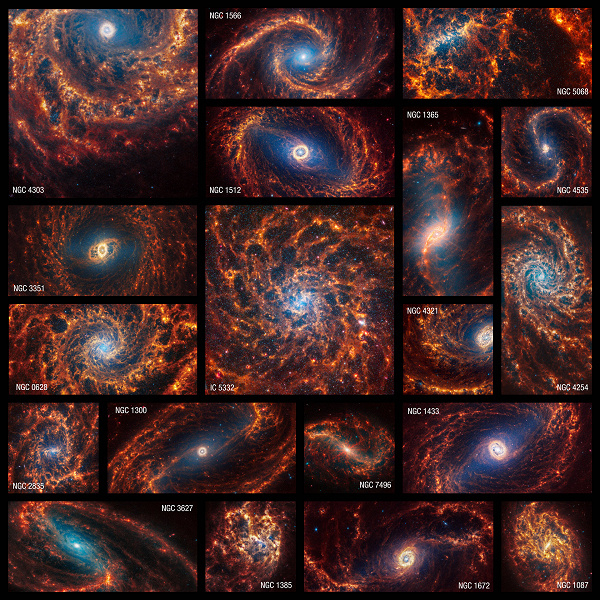“James Webb” helped to see the smallest scales of galaxies
New images obtained by the «James Webb» telescope shed light on the mysteries of spiral galaxies. This set of near- and mid-infrared images features 19 galaxies that reveal stars, gas, and dust on previously unexplored scales beyond our galaxy.
Researchers are actively studying these images to unravel the origins of the complex structures of galaxies. The results will be used to improve simulations and expand knowledge of star formation and the evolution of spiral galaxies.
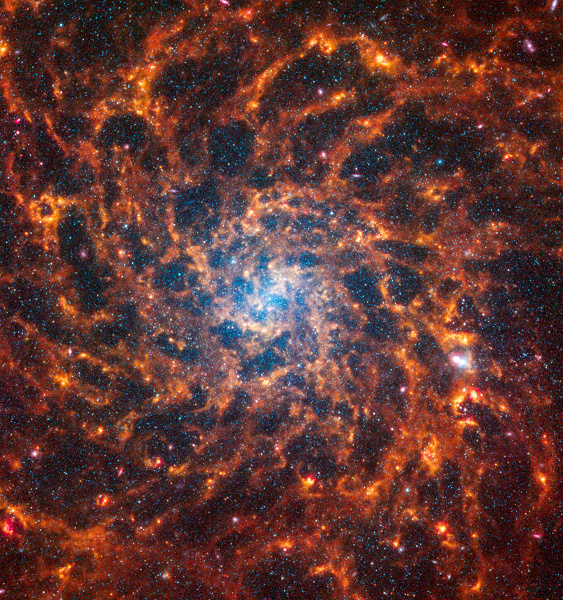
The arms of these galaxies are brightly illuminated by stars and lead to their centers, where old star clusters and even active supermassive black holes may reside. To date, only the James Webb Space Telescope is able to provide high-quality images of these galaxies, combining near- and mid-infrared data.
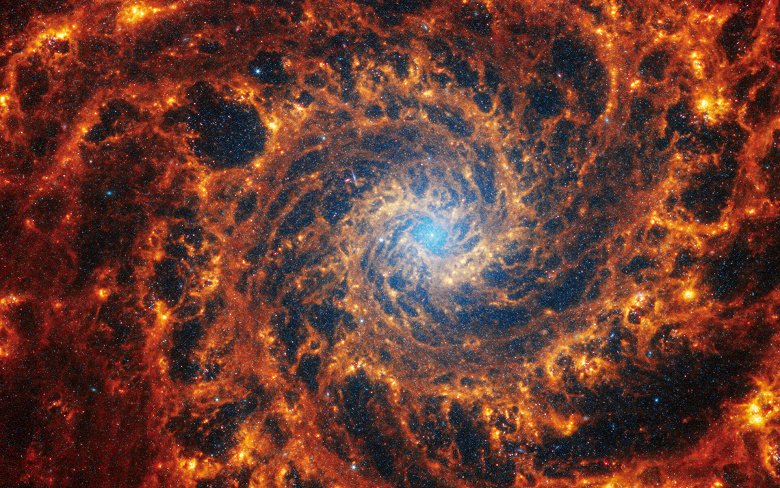
These new images are part of the large-scale and long-term project «High Angle Resolution Physics in Nearby Galaxies» (PHANGS), which brings together more than 150 astronomers from around the world. Before the James Webb Telescope acquired images, the PHANGS project had already used data from telescopes such as the Hubble Telescope. and VLT, as well as from the international radio interferometric system ALMA. Thanks to the contribution of the «James Webb» and images in the near and mid-infrared spectra, researchers were able to detect several new elements.
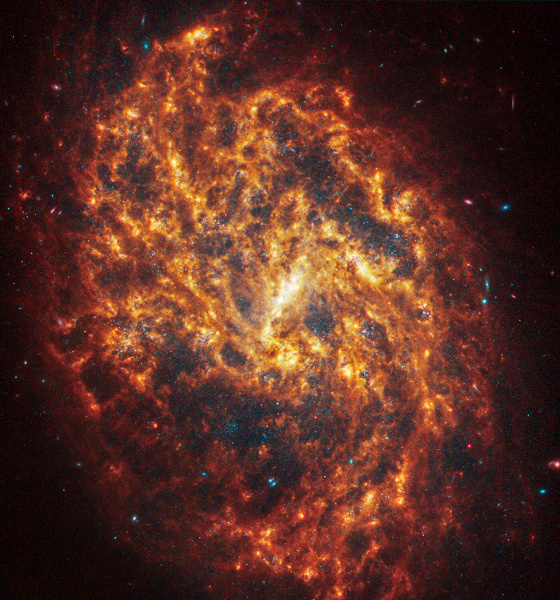
The NIRCam (near infrared) camera captured images of millions of stars that sparkle with a blue hue. Some stars are scattered along the spiral «arms» galaxies, while others are grouped into star clusters.
MIRCam (mid-infrared) allows you to see glowing dust around and between stars. It also helps to see stars that have not yet fully formed and are hidden in layers of gas and dust, the image of which resembles bright red seeds.
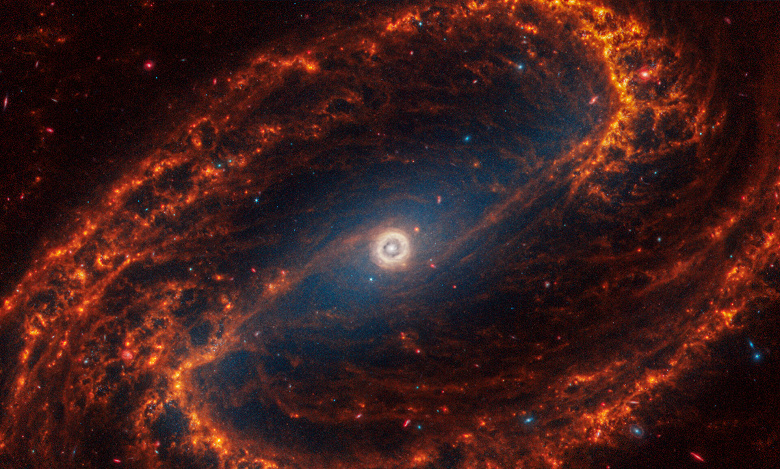
Images taken by the James Webb Telescope also revealed large spherical shells of gas and dust that may be formed by stellar explosions.
Expanded regions of gas in the arms of spiral galaxies reveal additional detail in red and orange. Scientists are studying the location of these structures to better understand how galaxies distribute gas and dust. The data obtained will significantly contribute to expanding our understanding of how galaxies form, evolve, and what precedes the end of star formation processes.
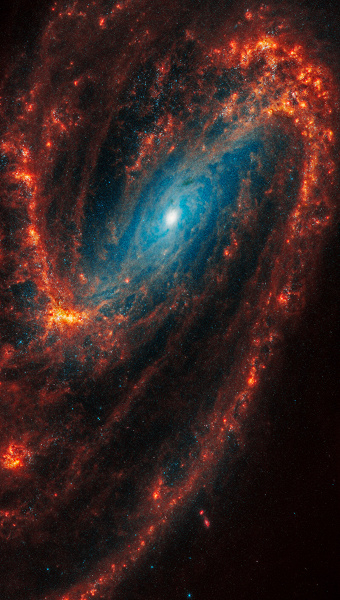
The combined data from the PHANGS project provides scientists with great opportunities for further research. And the most interesting place to start working with this data is the huge catalog of approximately 100,000 star clusters that was recently released by the PHANGS team.

